Home>Gardening & Outdoor>Landscaping Ideas>How To Remove Grass From The Sidewalk
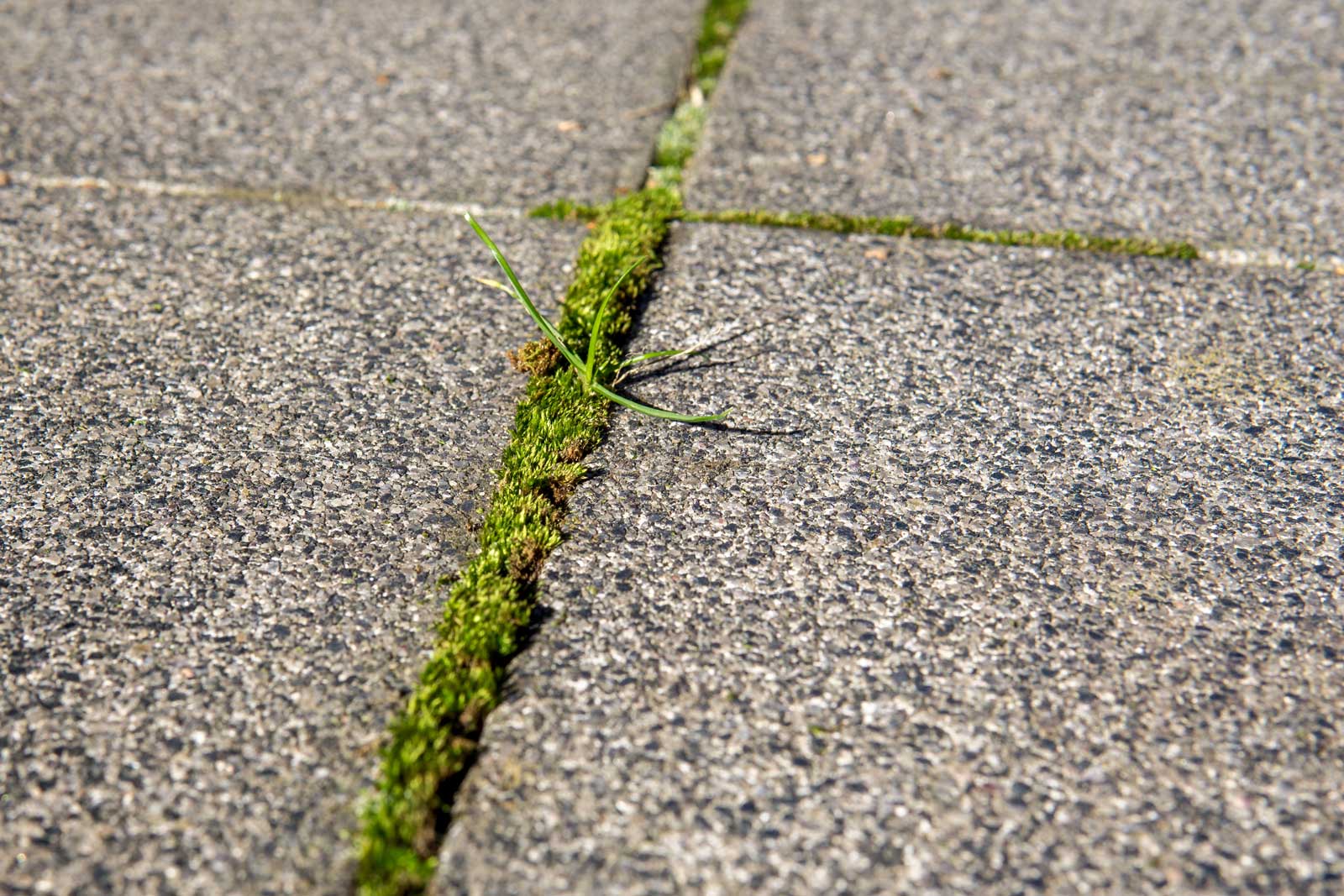

Landscaping Ideas
How To Remove Grass From The Sidewalk
Modified: February 18, 2024
Learn effective landscaping ideas for removing grass from the sidewalk. Discover practical tips and techniques for a clean and polished outdoor space.
(Many of the links in this article redirect to a specific reviewed product. Your purchase of these products through affiliate links helps to generate commission for Storables.com, at no extra cost. Learn more)
Introduction
Dealing with grass encroaching on your sidewalk can be a frustrating and unsightly problem. Over time, grass can find its way through cracks and crevices, creating an unkempt appearance and potentially causing damage to the sidewalk. Fortunately, there are effective methods for removing grass from the sidewalk, restoring its clean and well-maintained look.
In this comprehensive guide, we will walk you through the step-by-step process of removing grass from the sidewalk, providing you with the knowledge and tools necessary to tackle this task with confidence. Whether you are a seasoned gardener or a novice DIY enthusiast, these methods are accessible and can be easily implemented to achieve a pristine sidewalk free from unwanted grass.
By following the techniques outlined in this guide, you can transform your sidewalk from an overgrown eyesore to a neat and tidy walkway that enhances the overall aesthetic appeal of your outdoor space. So, roll up your sleeves and get ready to reclaim your sidewalk from invasive grass growth!
Key Takeaways:
- Say goodbye to sidewalk grass! Prep, apply grass killer, scrape, rinse, and prevent regrowth for a pristine sidewalk. It’s a hands-on journey to reclaim your outdoor space.
- Get ready to tackle sidewalk grass! Gather tools, apply grass killer, scrape, rinse, and prevent regrowth for a clean and tidy walkway. It’s a DIY transformation!
Read more: How To Edge Grass Along Sidewalk
Tools and Materials Needed
Before embarking on the task of removing grass from the sidewalk, it's essential to gather the necessary tools and materials to ensure a smooth and efficient process. Here's a comprehensive list of items you will need:
Tools:
- Garden Gloves: Protect your hands from dirt, chemicals, and potential scrapes while working on the sidewalk.
- Garden Trowel or Small Shovel: Useful for digging out stubborn grass and weeds from cracks and crevices.
- Scraper or Wire Brush: Ideal for physically removing grass and its roots from the surface of the sidewalk.
- Garden Hose or Pressure Washer: Essential for rinsing off any remaining debris and grass residue after scraping.
- Sprayer or Watering Can: Required for applying grass killer or herbicide to effectively eliminate the grass growth.
Materials:
- Grass Killer or Herbicide: Choose a suitable grass killer or herbicide from your local garden center or hardware store. Ensure it is safe for use on sidewalks and follow the manufacturer's instructions.
- Protective Eyewear: Safeguard your eyes from any potential splashes or debris during the removal process.
- Protective Mask: If using chemical grass killer, a protective mask is recommended to prevent inhalation of fumes.
- Broom and Dustpan: For cleaning up any loose grass and debris post-scraping.
- Protective Clothing: Wear old or protective clothing to shield yourself from dirt, grass killer, and other substances.
By assembling these tools and materials, you will be well-equipped to tackle the task of removing grass from the sidewalk effectively and safely. Each item plays a crucial role in the process, ensuring that you can address the issue with precision and thoroughness. With these tools at your disposal, you are ready to proceed to the next steps and restore your sidewalk to its pristine condition.
Step 1: Prepare the Sidewalk
Before diving into the process of removing grass from the sidewalk, it's crucial to prepare the area for the upcoming tasks. This initial step sets the foundation for a successful grass removal process and ensures that subsequent actions can be carried out effectively. Here's a detailed breakdown of how to prepare the sidewalk for the grass removal process:
Read more: How To Kill Grass In Sidewalk Cracks
Clear the Area:
Begin by clearing the sidewalk of any obstacles such as potted plants, outdoor furniture, or decorative items. Clearing the area provides unobstructed access to the entire surface, allowing you to work efficiently without any hindrances.
Sweep or Brush the Surface:
Using a broom or brush, sweep the sidewalk to remove loose debris, dirt, and dry grass. This step helps create a clean and clear workspace, making it easier to identify areas where grass has taken root and ensuring that the subsequent removal process is as thorough as possible.
Inspect Cracks and Crevices:
Carefully inspect the sidewalk for cracks, crevices, and gaps where grass has managed to grow. These areas often provide the perfect environment for grass to take hold and can be challenging to address without proper attention. By identifying these trouble spots, you can focus your efforts on eradicating the grass from these specific areas.
Apply Protective Gear:
Before proceeding further, it's essential to don protective gear, including garden gloves, protective eyewear, and, if using chemical grass killer, a protective mask. These items safeguard you from potential hazards and ensure that you can work comfortably and safely throughout the grass removal process.
Read more: How To Clean Sidewalk Without Killing Grass
By diligently preparing the sidewalk through these steps, you establish a solid groundwork for the subsequent stages of grass removal. This preparation not only streamlines the process but also sets the stage for a thorough and effective removal of grass from the sidewalk, ultimately leading to a cleaner and more visually appealing outdoor space.
Step 2: Apply a Grass Killer
Once the sidewalk is prepared and the necessary protective gear is in place, it's time to address the grass growth by applying a grass killer or herbicide. This crucial step is instrumental in effectively eliminating the existing grass and preventing future regrowth, ensuring a long-lasting solution to the problem.
Before applying any grass killer, it's important to carefully read and follow the manufacturer's instructions provided on the product label. Different grass killers may have specific application guidelines, including dilution ratios, ideal weather conditions for application, and safety precautions. Adhering to these instructions is essential for achieving optimal results while ensuring safety during the application process.
When selecting a grass killer or herbicide, consider choosing a product specifically formulated for use on sidewalks and other hardscapes. These products are designed to target grass and weeds without causing harm to surrounding vegetation, making them ideal for addressing grass growth in sidewalk cracks and crevices.
To apply the grass killer, use a sprayer or watering can to distribute the product evenly over the affected areas of the sidewalk. Take care to apply the grass killer directly to the grass and weed growth, ensuring thorough coverage to maximize its effectiveness. Avoid overspraying onto adjacent lawns, plants, or other desirable vegetation to prevent unintended damage.
After applying the grass killer, allow sufficient time for the product to take effect. Depending on the specific grass killer used, visible results may vary, but typically, the grass will begin to wilt and discolor as the herbicide takes effect. It's important to exercise patience during this stage, allowing the grass killer to work its way into the root systems of the grass for comprehensive eradication.
Throughout the application and waiting period, it's essential to keep pets, children, and other individuals away from the treated areas to prevent accidental exposure to the grass killer. Additionally, take precautions to avoid contact with the product yourself, ensuring that you handle it in accordance with the safety guidelines provided by the manufacturer.
By applying a grass killer in a responsible and targeted manner, you can effectively address existing grass growth on the sidewalk, setting the stage for the subsequent steps in the removal process. This proactive approach not only eliminates the visible grass but also targets the root systems, preventing regrowth and contributing to a cleaner and more well-maintained sidewalk.
Step 3: Use a Scraper or Wire Brush
With the grass killer having taken effect and the targeted grass and weeds showing signs of wilting and discoloration, the next step in the grass removal process involves physically removing the affected vegetation from the sidewalk. This is where the use of a scraper or wire brush comes into play, allowing you to effectively dislodge and eliminate the weakened grass and its root systems from the surface.
Begin by donning your garden gloves to protect your hands during the scraping process. Using a scraper or wire brush, carefully work along the surface of the sidewalk, focusing on the areas where the grass and weeds have been treated with the grass killer. Apply firm but controlled pressure to dislodge the affected vegetation, ensuring that you target both the visible growth and any underlying roots that may be embedded in the cracks and crevices.
As you scrape or brush the surface, periodically clear away the dislodged grass and debris using a broom and dustpan. This helps maintain a clear workspace and allows you to assess the progress of the removal process. Pay close attention to areas where the grass has been particularly resilient, ensuring that you thoroughly address these spots to prevent any potential regrowth.
In areas where the grass has tightly woven itself into the cracks, a garden trowel or small shovel can be used to carefully pry and lift the remaining vegetation. Exercise caution to avoid damaging the sidewalk surface while targeting the persistent grass and weed remnants.
Throughout the scraping process, it's important to maintain a methodical approach, systematically working across the entire sidewalk to ensure comprehensive removal of the affected grass and weeds. Take the time to inspect the treated areas, addressing any remaining patches of grass and roots to achieve a thorough and visually satisfying result.
By utilizing a scraper or wire brush to physically remove the treated grass and weeds, you are taking proactive steps to restore the sidewalk to its clean and well-maintained state. This hands-on approach, combined with the prior application of grass killer, forms a comprehensive strategy for effectively addressing grass encroachment on the sidewalk, ultimately contributing to a more aesthetically pleasing outdoor environment.
Step 4: Rinse the Sidewalk
After the physical removal of the affected grass and weeds, it is essential to thoroughly rinse the sidewalk to eliminate any remaining debris, traces of grass killer, and loosened particles. This step not only contributes to the overall cleanliness of the sidewalk but also ensures that the surface is free from any residual substances that could potentially impede its appearance or pose a hazard.
To begin the rinsing process, utilize a garden hose or pressure washer to apply a steady stream of water across the entire surface of the sidewalk. Adjust the water pressure to a level that effectively dislodges and washes away the debris without causing damage to the sidewalk's structure. Pay particular attention to the cracks and crevices where grass and weeds were previously present, as these areas may harbor lingering remnants that require thorough rinsing.
As you direct the water flow, use a sweeping motion to cover the entire sidewalk, systematically working from one end to the other. This approach ensures comprehensive coverage and allows you to monitor the removal of any remaining debris or traces of the grass killer. Additionally, the rinsing process serves to reveal the true condition of the sidewalk, providing a clear indication of the effectiveness of the grass removal efforts.
In areas where stubborn debris persists, a gentle scrubbing with a brush or broom can aid in dislodging and removing the remaining particles. This targeted approach helps address any lingering traces of grass and weeds, further enhancing the cleanliness and visual appeal of the sidewalk.
Once the rinsing process is complete, take a moment to inspect the sidewalk, paying attention to any areas that may require additional attention. Address any remaining debris or spots that may benefit from a second round of rinsing, ensuring that the sidewalk is left in a pristine and well-maintained condition.
By thoroughly rinsing the sidewalk following the removal of grass and weeds, you are not only enhancing its appearance but also contributing to the overall cleanliness and tidiness of your outdoor space. This final step in the grass removal process sets the stage for ongoing maintenance and care, ensuring that your sidewalk remains free from unwanted vegetation and maintains its visual appeal for the long term.
Read more: How To Get Grass Out Of Sidewalk Cracks
Step 5: Prevent Future Grass Growth
Preventing future grass growth on the sidewalk is essential to maintain its clean and well-maintained appearance over time. After successfully removing the existing grass and weeds, implementing proactive measures to inhibit regrowth is key to preserving the sidewalk's pristine condition. Here's a detailed exploration of effective strategies to prevent future grass growth:
Apply a Pre-Emergent Herbicide:
Consider applying a pre-emergent herbicide specifically formulated to inhibit the germination and growth of grass and weed seeds. This preventive approach creates a barrier that hinders the establishment of new vegetation, effectively reducing the likelihood of grass encroachment on the sidewalk. Follow the manufacturer's guidelines for application and reapplication to ensure continuous protection against unwanted growth.
Fill Cracks and Crevices:
Address any cracks and crevices in the sidewalk where grass previously took root by filling them with a suitable crack filler or sealant. By eliminating these entry points, you create a smoother and less hospitable surface for grass and weed seeds to settle and grow. Regularly inspect the sidewalk for new cracks and promptly fill them to maintain a seamless and resistant surface.
Regular Maintenance:
Establish a routine maintenance schedule that includes inspecting the sidewalk for any signs of emerging grass or weeds. Promptly address any new growth by manually removing the vegetation and, if necessary, reapplying targeted grass killer to prevent further spread. Consistent vigilance and proactive intervention play a crucial role in deterring future grass encroachment.
Read more: How To Remove Moss From Grass
Promote Healthy Surrounding Vegetation:
Encourage the growth of desirable vegetation, such as grass in the adjacent lawn or garden beds, to create a competitive environment that inhibits the establishment of unwanted grass on the sidewalk. A healthy and robust surrounding landscape can naturally limit the space and resources available for invasive grass to take hold, contributing to long-term prevention efforts.
Regular Cleaning and Inspection:
Maintain a habit of regularly cleaning the sidewalk to remove any organic debris, dirt, or fallen seeds that could potentially foster new grass growth. Additionally, conduct periodic inspections to identify and address any early signs of grass or weed emergence, ensuring that proactive measures are promptly implemented to prevent further proliferation.
By proactively implementing these preventive measures, you can significantly reduce the likelihood of future grass growth on the sidewalk, preserving its clean and well-maintained appearance. This proactive approach, combined with the preceding steps of grass removal, forms a comprehensive strategy for effectively managing and preventing unwanted vegetation, ultimately contributing to a visually appealing and hassle-free outdoor environment.
Conclusion
In conclusion, the process of removing grass from the sidewalk encompasses a series of proactive steps aimed at restoring and maintaining the cleanliness and visual appeal of outdoor spaces. By following the comprehensive guide outlined in this article, individuals can effectively address the issue of grass encroachment on their sidewalks, ultimately achieving a pristine and well-maintained appearance.
The journey begins with thorough preparation, including clearing the sidewalk, inspecting cracks and crevices, and donning protective gear. This initial groundwork sets the stage for the subsequent application of a targeted grass killer, strategically designed to eliminate existing grass and prevent future regrowth. The careful application of the grass killer, coupled with adherence to safety guidelines, ensures a proactive and effective approach to addressing the problem at its root.
The physical removal of the affected grass and weeds using a scraper or wire brush represents a hands-on and meticulous effort to restore the sidewalk to its clean state. This step, combined with the subsequent thorough rinsing of the sidewalk, contributes to the overall cleanliness and visual appeal of the outdoor space, providing a tangible sense of accomplishment and satisfaction.
Furthermore, the proactive measures outlined to prevent future grass growth serve as a proactive strategy for long-term maintenance, ensuring that the sidewalk remains free from unwanted vegetation. By implementing preventive approaches such as applying pre-emergent herbicides, filling cracks and crevices, and promoting healthy surrounding vegetation, individuals can significantly reduce the likelihood of future grass encroachment, contributing to a hassle-free and visually appealing outdoor environment.
Ultimately, the process of removing grass from the sidewalk is not only a practical endeavor but also a transformative journey that empowers individuals to reclaim and maintain the cleanliness and aesthetic integrity of their outdoor spaces. Through careful preparation, targeted application of grass killer, physical removal of affected vegetation, thorough rinsing, and proactive prevention, individuals can achieve a sidewalk that exudes cleanliness, order, and visual appeal.
By embracing the knowledge and techniques presented in this guide, individuals can confidently address the challenge of grass encroachment on their sidewalks, fostering a sense of pride and satisfaction in the well-maintained appearance of their outdoor environments. With a commitment to ongoing maintenance and proactive intervention, the sidewalk can remain a welcoming and visually pleasing feature, free from the unsightly intrusion of unwanted grass and weeds.
Frequently Asked Questions about How To Remove Grass From The Sidewalk
Was this page helpful?
At Storables.com, we guarantee accurate and reliable information. Our content, validated by Expert Board Contributors, is crafted following stringent Editorial Policies. We're committed to providing you with well-researched, expert-backed insights for all your informational needs.
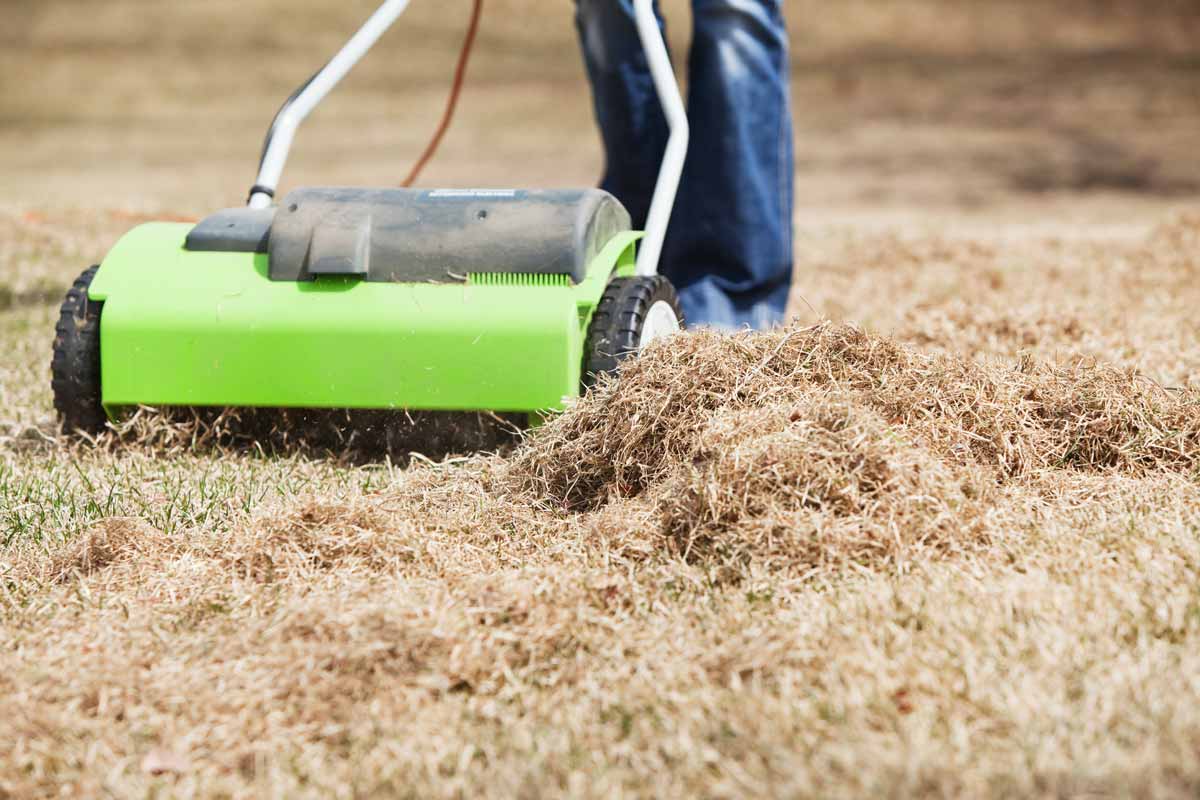
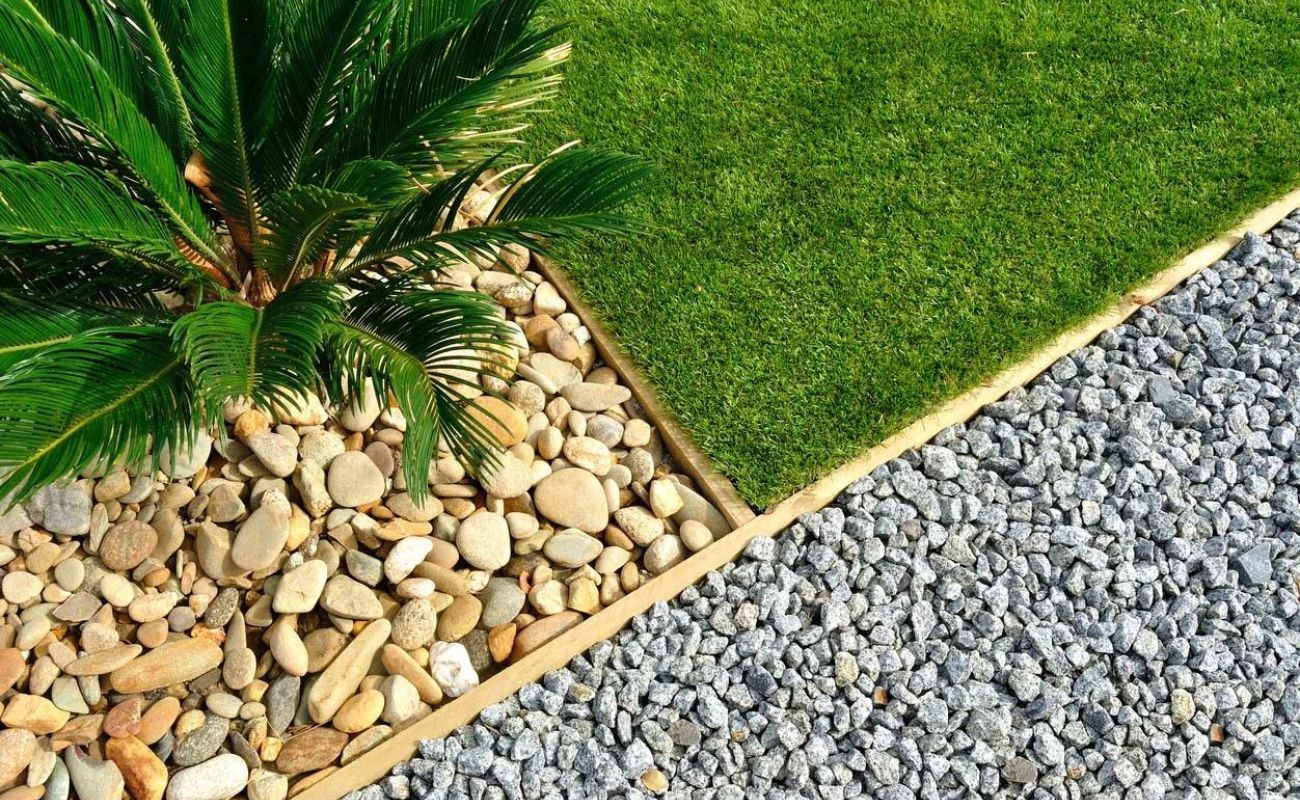
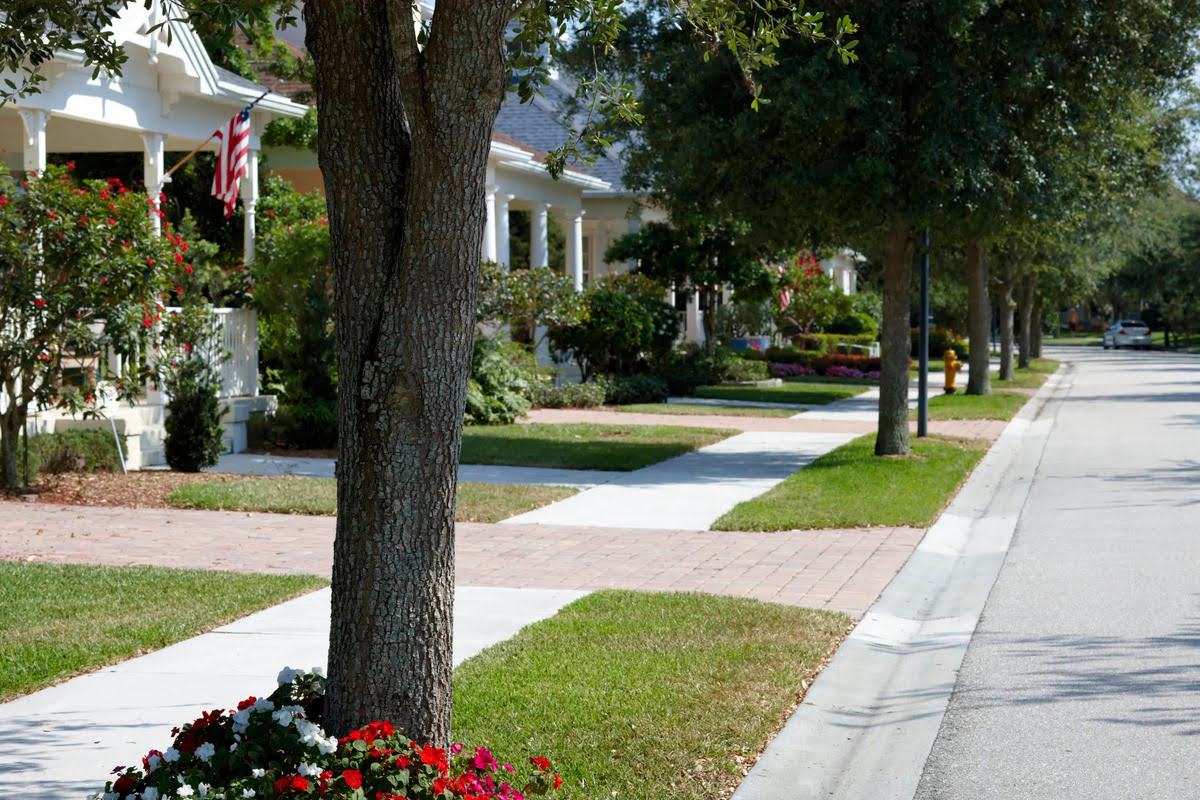
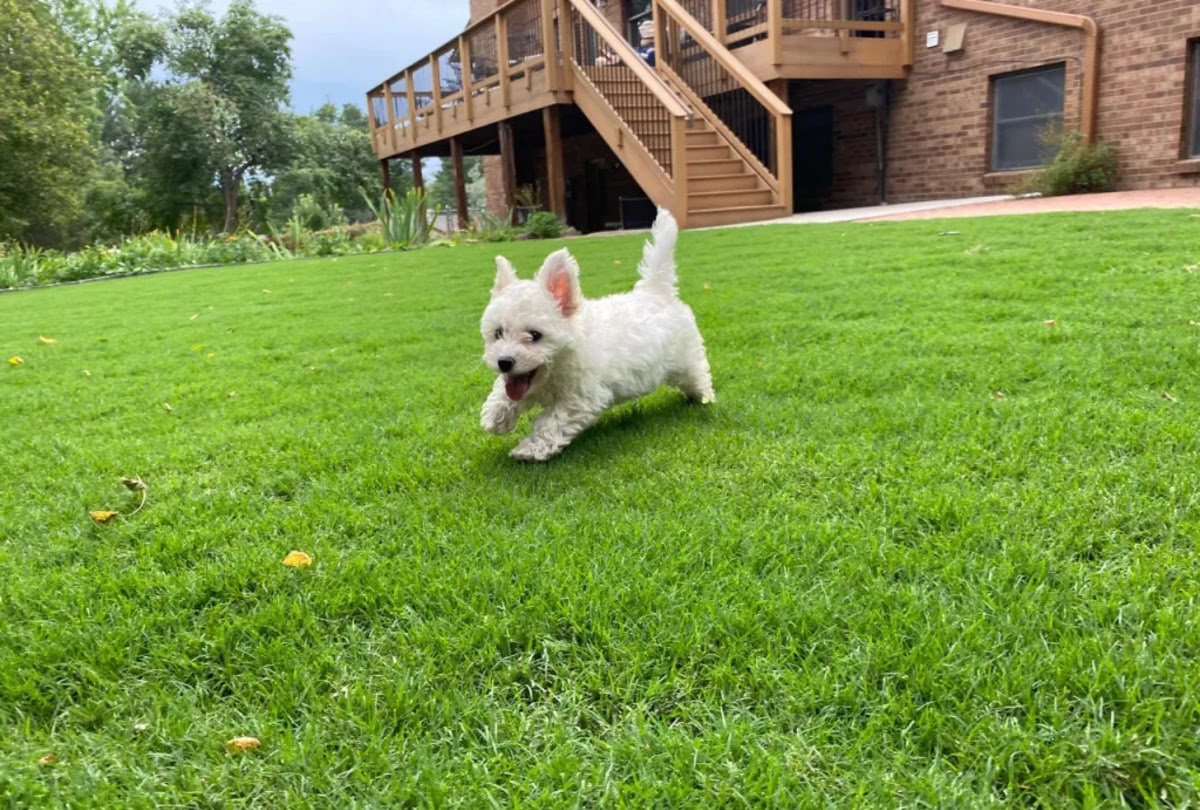
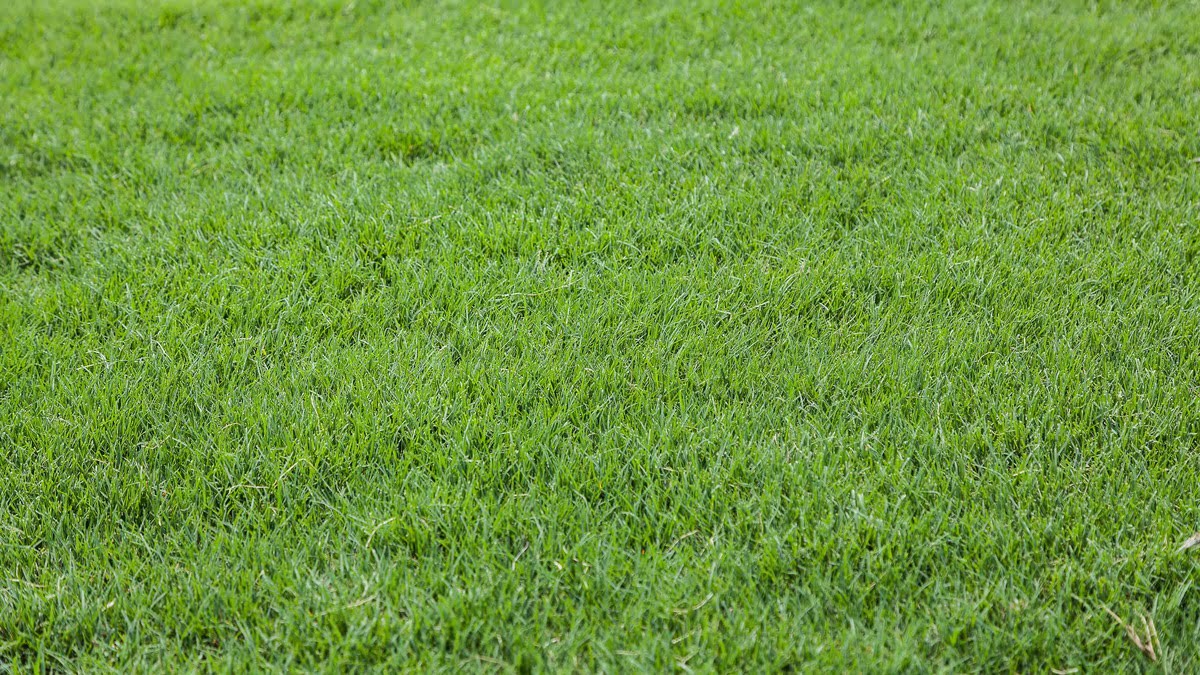
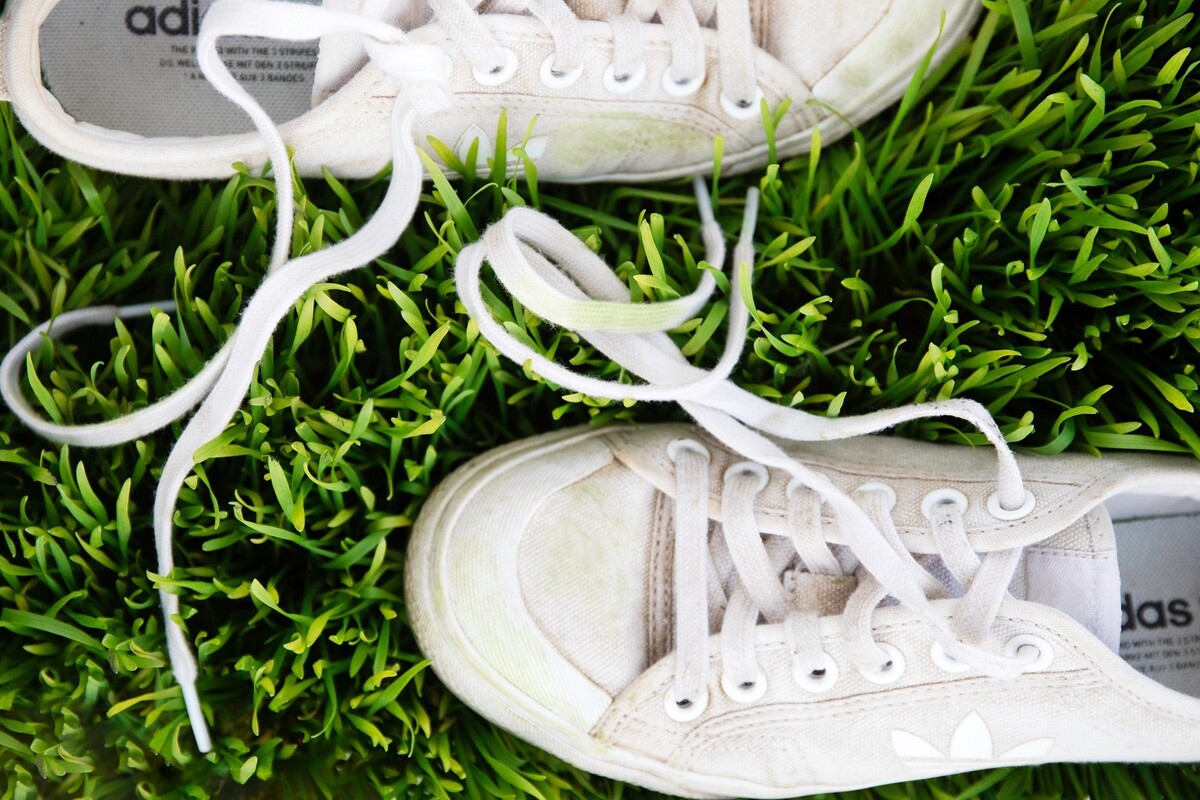
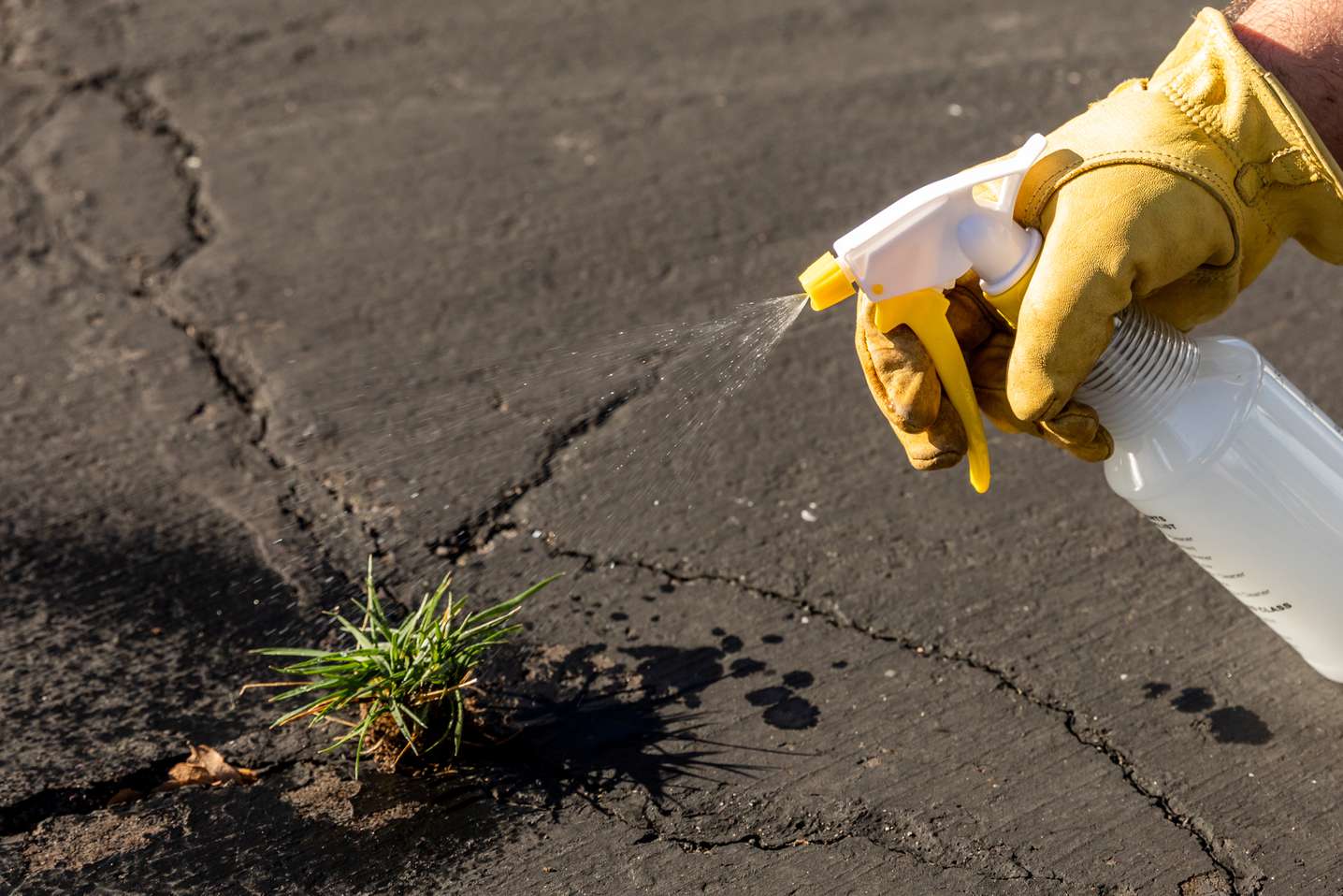
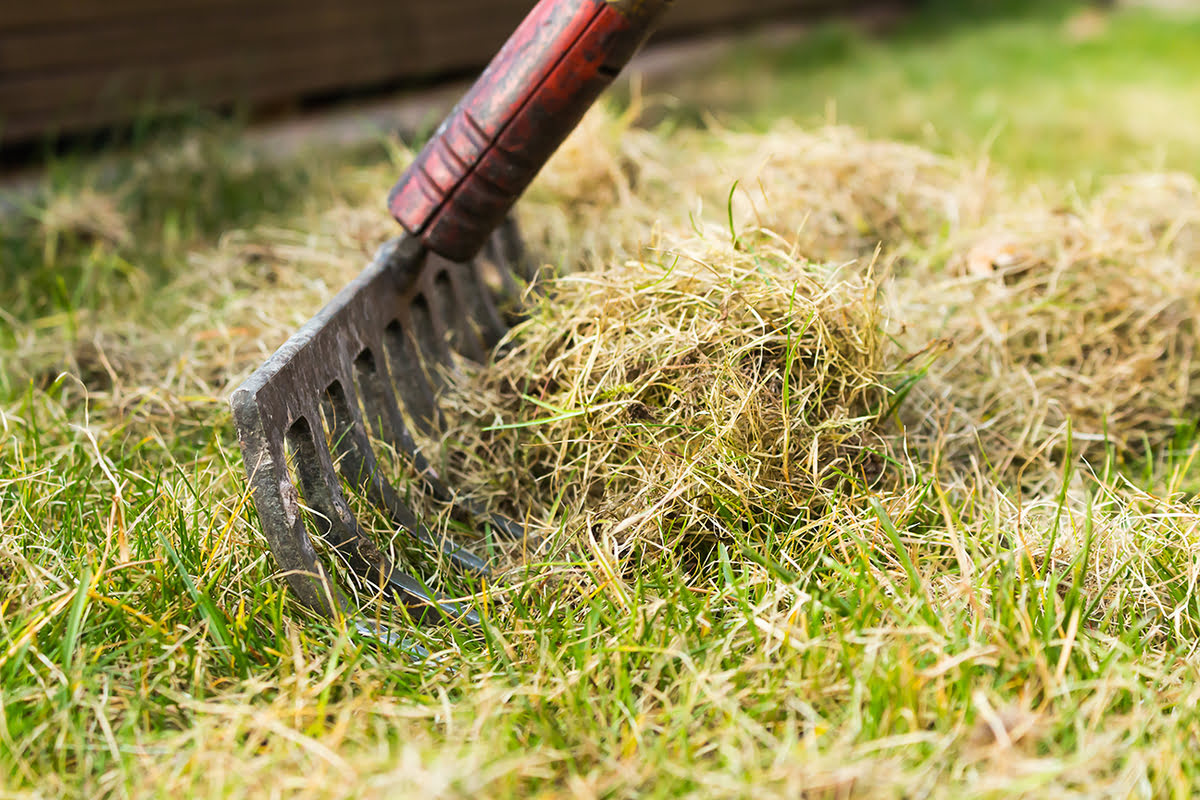
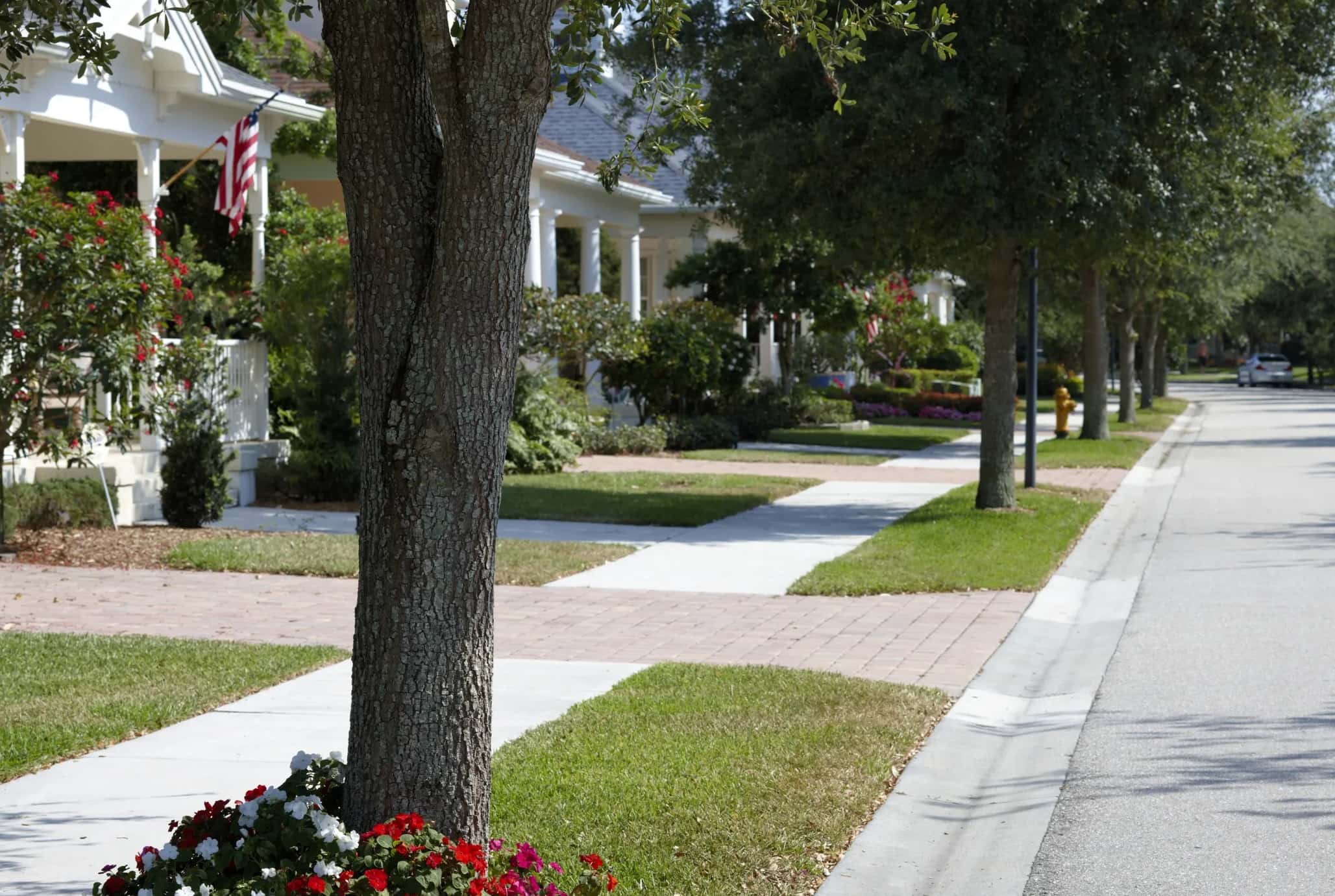



0 thoughts on “How To Remove Grass From The Sidewalk”